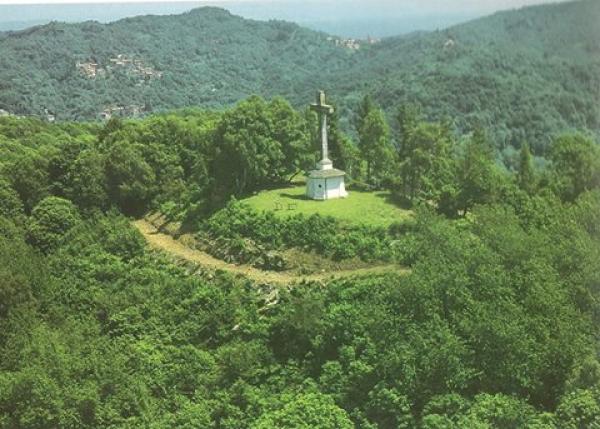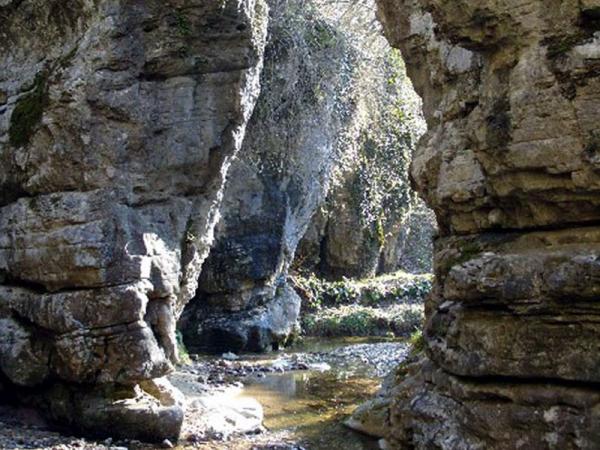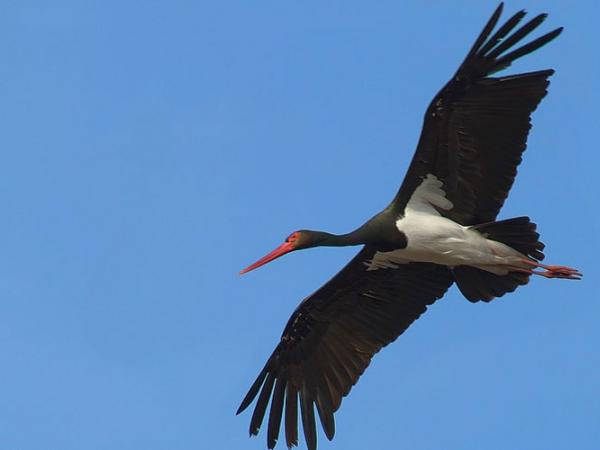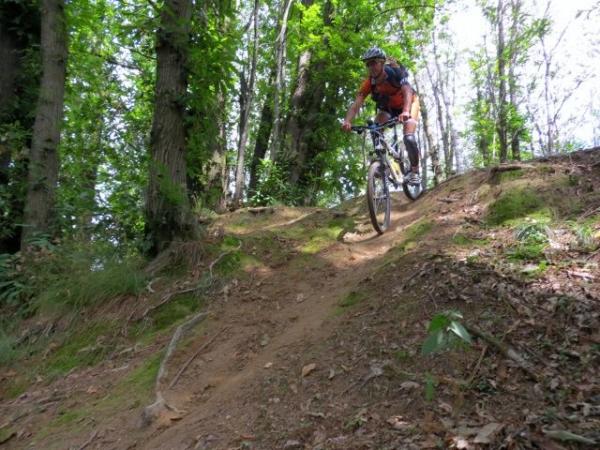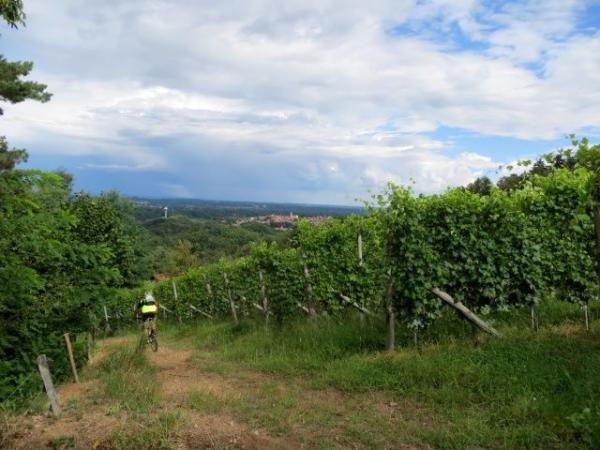Important from the geological, paleontological and archaeological point of view, the Mount Fenera is the only sedimentary complex of a certain size of the entire Valsesia.
From its nature it derives a whole series of reasons which have led to the protection of the area, first of all, the many caves that open especially on the western side of the mountain.
The limestone geological and orogenic movements occurred in the Age Tertiary have cracked, even deeply, the limestone rocks, and allowed water to seep under the mountain, digging caves and caverns that still invite exploration.
In the same caves are visibles all the typical phenomena of erosion by water and the meteoric redeposition of calcareous materials in the form of stalactites and stalagmites, but also concretions smaller and more elegant. The caves are an exceptionally rich paleontological and historical artifacts environment.
Among the paloentological artifacts are to be counted many fossil remains of a cave bear (extinct 20 million years ago), that in classical iconography disputing with the man the possession of protected places. In the cave of the pond, also they have been found wads subfossil of owls, i.e. the pellets that owls and tawny reject after digested prey. These also allow us to reconstruct the climate thanks to the presence in them of numerous remains of small mammals, small rodents and insettivori. Among the species found in the caves there is no shortage of largest species, among which we can mention in addition to the brown bear, cave lion, ibex, red deer, wild boar, beaver, lynx and marmot.
They also finally found direct evidence of Neanderthal presence, lived in this area about 50,000 years ago, a species that has supported for thousands of years our own species (Homo sapiens) across Europe: in 1989 were found two teeth that probably belonged indeed to a Neanderthal, perhaps unique in Italy in the northern Alpine arc.
The Monte Fenera is an isolated mountain-shaped cake located at the mouth of the Valsesia. The northern part is surrounded by a semicircle of overhanging rock walls, the southern covered by thick forests. From the top part, relatively wide, detach two peaks.
It listed on the lowest 894 meters there is a small church built in 1700 and dedicated to S. Bernardo. The highest peak of 899 meters, also called Punta Bastia, is characterized by a high cross masonry erected in 1906 and recently restored.
The vegetation, as well as the limestone substrate, also affected by the position of the mountain, located in the center of the plain and then exposed to the north by the mountain climate, and to the south influenced by an almost Mediterranean climate.
It can find so submontane woods, such as chestnut, with maple, ash, beech and even oaks, oaks, maples and black locust.
But also, on the south side, colonies of holly, olivelle and other species more heat-loving.
To mention the presence of numerous species of ferns, such as royal fern, the hart's tongue, the fern male and female, the maidenhair fern, bracken.
But it's the Wild to be the jewel of the park, especially the rare black stork nested here in 1994, for the first time in Italy after a few centuries.
The tranquility of the area has led this timid bird to make their nests and raise their young.
In the woods of the park you can find many small rodents (dormice and octopus, as well as voles, mice and other wild). They are presents many owls, sparrow hawks and kestrels among the daytime, small predators and a host of wild passerines. They also meet certain species of peaks; the lesser spotted, the greater and the green woodpecker, then the nuthatch and rampichino; among mammals, martens and dormice.
On the cliffs you can see the peregrin falcon, the mountain swallow and the woodpecker.
The driest areas are home to the mimetic nightjar and the honey buzzard.
In the fall, the Park is in the middle of two important roads of migration routes, followed by thousands of birds moving to the hottest areas of the Mediterranean to spend the winter.
